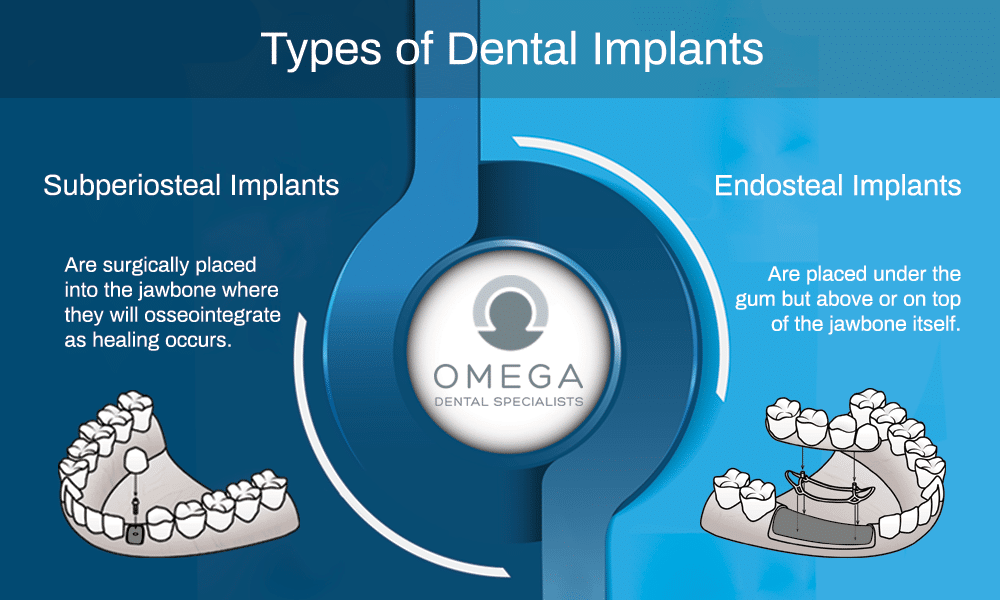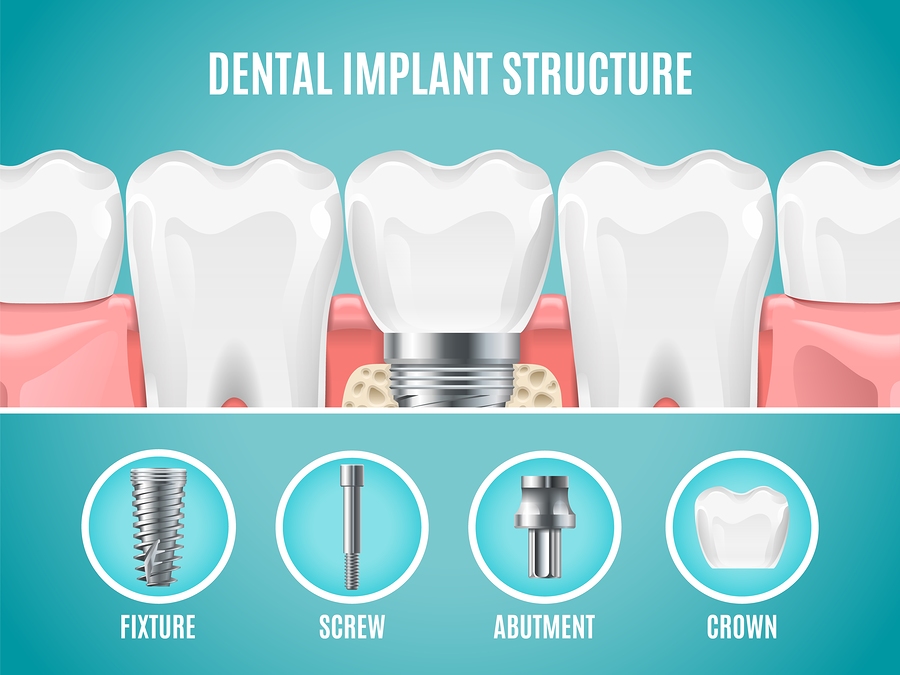The smart Trick of Dental Sense That Nobody is Talking About
The Main Principles Of Dental Sense
Table of ContentsThe smart Trick of Dental Sense That Nobody is Talking AboutSome Known Facts About Dental Sense.The Best Strategy To Use For Dental SenseMore About Dental Sense
are clinical gadgets operatively dental implanted into the jaw to restore a person's ability to chew or their appearance. They provide assistance for fabricated (fake) teeth, such as crowns, bridges, or dentures. When a tooth is shed because of injury or condition, a person can experience problems such as quick bone loss, faulty speech, or adjustments to eating patterns that lead to pain.Dental implant systems consist of an oral implant body and dental implant joint and may additionally consist of a joint fixation screw. Dental veneers cost. The dental implant body is surgically inserted in the jawbone instead of the tooth's origin. The oral implant abutment is normally affixed to the implant body by the joint addiction screw and expands via gum tissues into the mouth to sustain the connected artificial teeth
(https://issuu.com/dentalsense1)Structure of The Dental Implant System selecting dental implants, speak to your dental provider about the potential benefits and threats, and whether you are a prospect for the procedure. Points to take into consideration: Your general wellness is an essential variable in establishing whether you are an excellent prospect for oral implants, just how long it will certainly take to heal, and exactly how long the dental implant may remain in area.
Smoking cigarettes may influence the recovery procedure and decrease the long-lasting success of the implant. The healing process for the implant body may take several months or longer, during which time you typically have a momentary joint in place of the tooth. the oral implant treatment: Very carefully follow the oral hygiene directions provided to you by your dental supplier.
Some Known Incorrect Statements About Dental Sense
Implant failing can result in the demand for another surgery to repair or change the implant system. Brings back the capacity to chew Recovers aesthetic look Aids keep the jawbone from shrinking because of bone loss Protects the health and wellness of the surrounding bone and gum tissues Helps maintain surrounding (nearby) teeth steady Improves lifestyle Damages to bordering natural teeth during implant positioning Injury to the surrounding cells during surgical procedure, such as sinus opening Injury during surgical procedure (for example, crack of surrounding jawbone) Insufficient feature, such as feeling like the teeth do not attack with each other usually An experience that the tooth is loose or turning in position arising from an abutment screw loosening Implant body failure (looseness of the implant body) because of systemic infection, which may be more probable in patients with unrestrained diabetes as a result of regional infection in bone and gums sustaining the dental implant body due to postponed recovery, which may be more likely in patients that smoke Difficulty cleaning up the periodontals around the dental implant, resulting in bad dental health Unattended gum illness Post-surgical tingling because of nerve impingement or damages Constantly notify health and wellness treatment carriers and imaging professionals that you have dental implants before any magnetic resonance imaging (MRI) or x-ray treatments.
FDA is not familiar with any type of adverse events reported for MRI or x-ray procedures with oral implants. Dental implants systems are normally made from products that comply with international consensus standards of the International Company for Standardization (ISO) or ASTM International. These requirements have details of what makes a secure material.

An oral implant is a structure that replaces a missing out on tooth. With screw-like gadgets, the surgeon inserts an implant into the jawbone, and it acts as a support for a synthetic tooth, called a crown.
Little Known Questions About Dental Sense.
Some people are not qualified for oral implant surgical procedure. It is for oral doctors to operate people with: acute illnessuncontrollable metabolic diseasebone or soft tissue illness or infectionIf these issues are solved, a person can have the surgery. In, oral doctors abstain from operating individuals with: If individuals with any of the above go through oral implant surgical treatment, there is a higher threat of the implant failing.

Oral dental implant surgical procedure is a personalized process. It's not the exact same for everybody. Yet the adhering to offers a basic overview of what you can expect your dental professional, dental specialist, periodontist or prosthodontist to do: Put the dental implant operatively. Provide you time to recover. Connect the article and final crown, bridge or denture.
Next off, your cosmetic surgeon will meticulously position the dental implant right into your jaw. Ultimately, your specialist will reposition your gums and shut the laceration with stitches. If your implant is near the front of your mouth, your dental professional will make a temporary tooth for you to put on till you heal. In this way, you will not have a space in your smile while you recuperate.
Top Guidelines Of Dental Sense
During the healing stage, your jawbone needs to fuse to the dental implant. This process can take anywhere from three to 9 months.
As soon as your implant heals, your dental expert can affix the abutment (small port article) and your last reconstruction (crown, bridge or denture). This normally takes concerning one hour to complete and may need a 2nd small surgical procedure. You should not feel any type of pain throughout your oral implant treatment because your supplier will certainly make use of medication to numb your gums.